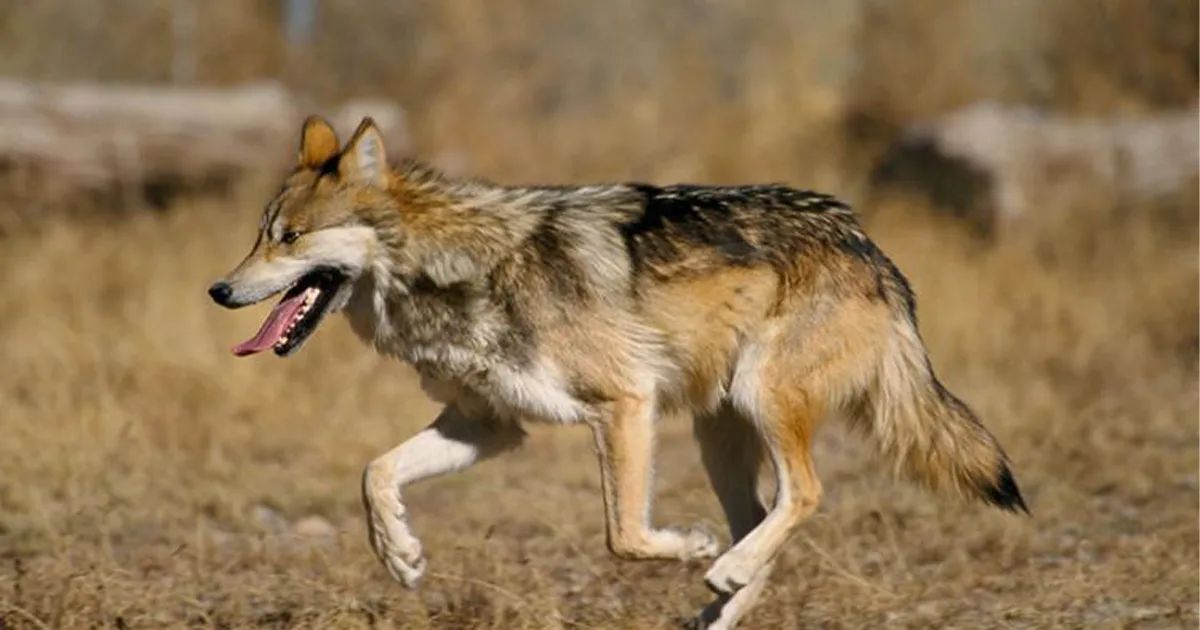
Ranchers Call Management Changes for Mexican Wolves a Death Warrant for Rural Communities
May 26, 2022
The U.S. Fish and Wildlife Service has announced the availability of a final Supplemental Environmental Impact Statement (FSEIS) assessing the environmental impacts of revisions to the management regulations for the Mexican wolf in Arizona and New Mexico. The revised rule and Supplemental Environmental Impact Statement have been developed in response to a court-ordered remand of the 2015 10(j) rule by the District Court of Arizona.
The FSEIS analyzes the environmental effects of three alternatives to revising the existing nonessential experimental designation of the Mexican wolf in the Mexican Wolf Experimental Population Area (MWEPA) under section 10(j) of the Endangered Species Act. A preferred alternative, which revises the population objective, establishes a genetic objective, and temporarily restricts three forms of take for the experimental population of Mexican wolves in the MWEPA, has been referred to decision makers within the Service.
These revisions align the designation and management of the MWEPA with the recovery strategy for the Mexican wolf to ensure the experimental population contributes to long-term conservation and recovery. The preferred alternative addresses the following:
- Population objective: Removes the population limit from the 2015 10(j) rule, which currently allows a maximum of 300-325 Mexican wolves in the MWEPA. This revision would align the population objective with the recovery criteria for the Mexican wolf in the United States: an 8-year rolling population average of at least 320 Mexican wolves with a stable or increasing population growth rate, and greater than 320 individuals in the last three years of the 8-year period. In the U.S., there are currently at least 196 Mexican wolves in the wild as of 2021.
- Establish a genetic objective: Increases the number of captive Mexican wolf releases to continue building the genetic diversity of the MWEPA population, with the goal of 22 released wolves surviving to breeding age by 2030. This objective aligns with the genetic recovery criteria first identified in the Mexican Wolf Recovery Plan, First Revision. Since that time, 12 released Mexican wolves have survived to breeding age in the wild.
- Take restrictions: To provide captive released Mexican wolves with a greater chance of reaching breeding age and contributing to genetic diversity, the Service will temporarily restrict three forms of allowable take until the genetic diversity goals are reached. The currently allowable forms of take proposed for temporary restriction include: take on non-federal land in conjunction with a removal action, take on Federal land, and take in response to an unacceptable impact on a wild ungulate herd.
The New Mexico Cattle Growers Association (NMCGA) says the USFWS recent final 10(j) decision on the Mexican wolf reads like a death warrant for the many who live, visit and work in New Mexico’s rural communities. On numerous occasions, leaders of New Mexico Cattle Growers' Association have asked FWS to modify its proposed rule to reflect its on-the-ground threats and costs. FWS has refused to do so.
“It is disheartening to supply data that in turn is not utilized,” said Loren Patterson, President NMCGA. “The decision is a punch in the gut to hard working cattle producers and rural communities across the West.”
NMCGA says federal and state governments are now spending close to $4 million each year to recover wolves. That’s approximately $20,000 per wolf per year, without ever an attempt to make affected parties whole.
The USFWS announcement follows a ruling earlier this year by a federal judge in California which returned wolves in many parts of the United States to the endangered species list. The judge's ruling reverses a Trump-era rule that removed Endangered Species Act protection for the apex predator.
The ruling didn't apply to wolves in Idaho, Montana and Wyoming, where management remains in state control.
It also comes as Colorado makes plans to introduce gray wolves into it's ecosystem.
Source: USFWS/New Mexico Cattle Growers Association/Western Ag Network










